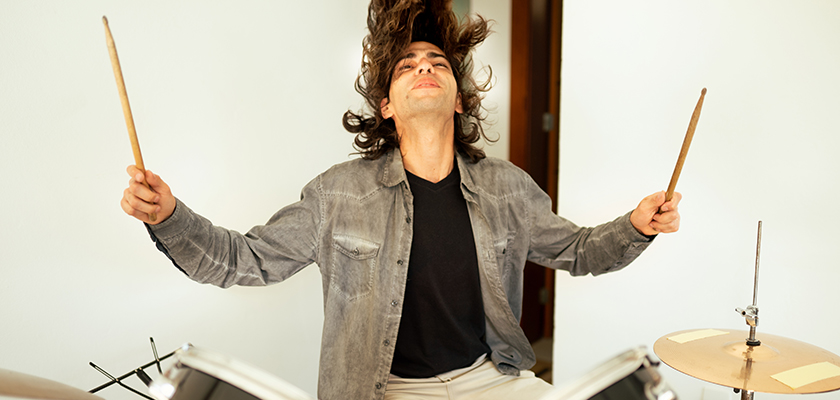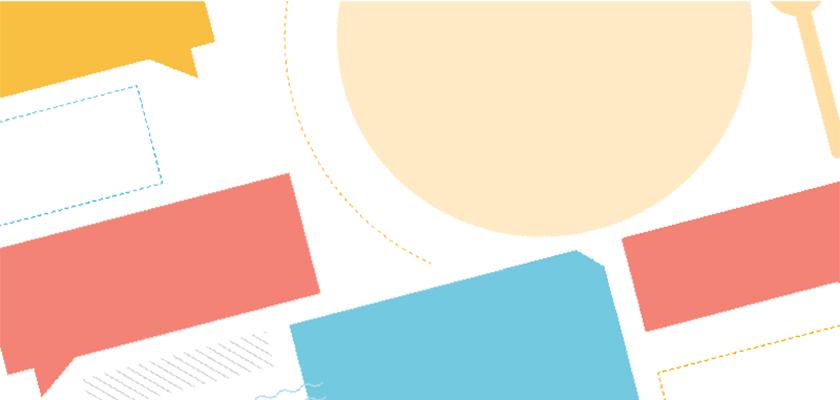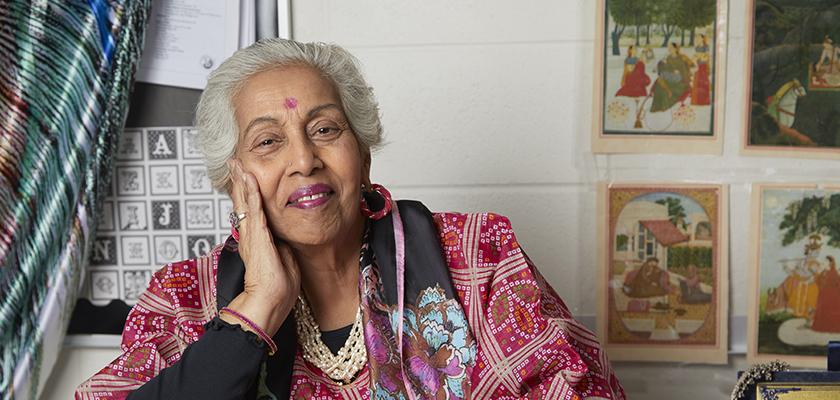Imagine students taking all the 60-plus chairs in the band room and creating a circular, moving drumming performance. Or a performance comprised entirely of animal sounds. How about students beatboxing and drumming while one student sings “This Girl is on Fire”? These performances are all part of what I call our “Creative Challenges”.
For this task, I provide students with a few guidelines and one or two periods to put together a performance. They then perform their creation for the entire class. Some Creative Challenges involve animal sounds or electronic music programs, mashing up melodies from their band pieces, or even using furniture found around the school.
One challenge I find in music education is that we teach students that they must master their instruments and learn a bunch of music theory before they begin to explore and create their own music. These Creative Challenges are a means of challenging that colonial approach to music education by creating a space where we encourage students to be creative from day one.
We start with a Creative Challenge in the first week of school, then add instrument techniques and music theory to help equip students with the tools to continue creating music. Don’t get me wrong, the first challenge, where students create music to represent given symbols using only found objects, and with mixed abilities of musical training, is absolutely awkward. But with some prompting and inspiration, we work through the awkward rather than avoid it.
One of the difficulties with these Creative Challenges is that students often ask, “Is this correct?”, “Are we allowed to do this?” or “Is this what you want?” Students are often fixated on seeking one correct answer rather than creating an idea that they can justify as right for them. As one of my students shared, “These tasks are not about getting it right. Once we realized that there is no right or wrong answer, as long as you have an idea that you can justify, the sky’s the limit!”
Creative Challenges help create a music community where students collaborate, are resourceful, and are open to experimenting with sounds and ideas. They help give a unifying purpose for learning music theory, instrument techniques, and history, which are all listed outcomes in the music program of studies. Most importantly, they allow students to imagine what’s possible if they are creative and brave enough to try it.
Read more
View the entire digital issue of the ATA Magazine
See the latest issue


